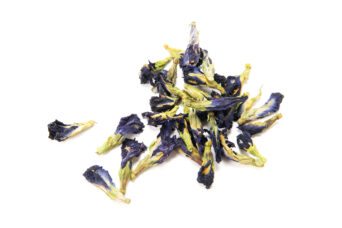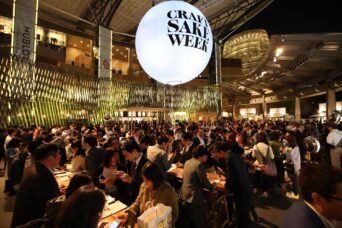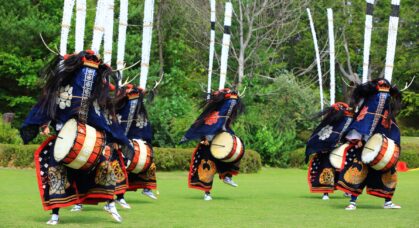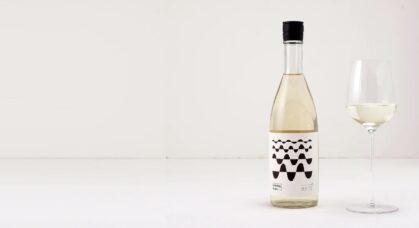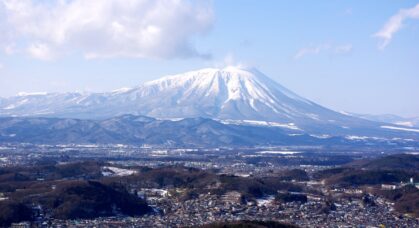Sake Trade Glossary
Find the definition of the terms used in Japanese Sake industry
Index
A
| e | r |
|---|---|
| R | e |
B
| e | r |
|---|---|
| R | e |
C
| e | r |
|---|---|
| R | e |
D
| e | r |
|---|---|
| R | e |
E
| e | r |
|---|---|
| R | e |
F
| e | r |
|---|---|
| R | e |
G
| e | r |
|---|---|
| R | e |
H
| e | r |
|---|---|
| R | e |
I
| e | r |
|---|---|
| R | e |
J
| e | r |
|---|---|
| R | e |
K
| e | r |
|---|---|
| R | e |
L
| e | r |
|---|---|
| R | e |
M
| e | r |
|---|---|
| R | e |
N
| e | r |
|---|---|
| R | e |
O
| e | r |
|---|---|
| R | e |
P
| e | r |
|---|---|
| R | e |
Q
| e | r |
|---|---|
| R | e |
R
| e | r |
|---|---|
| R | e |
S
| e | r |
|---|---|
| R | e |
T
| e | r |
|---|---|
| R | e |
U
| e | r |
|---|---|
| R | e |
V
| e | r |
|---|---|
| R | e |
W
| e | r |
|---|---|
| R | e |
X
| e | r |
|---|---|
| R | e |
Y
| e | r |
|---|---|
| R | e |
Z
| e | r |
|---|---|
| R | e |

Latest Articles
-
craft sakewine
-
brewerycraft sakejapansake
-
Iwate
-
Press
-
Press




